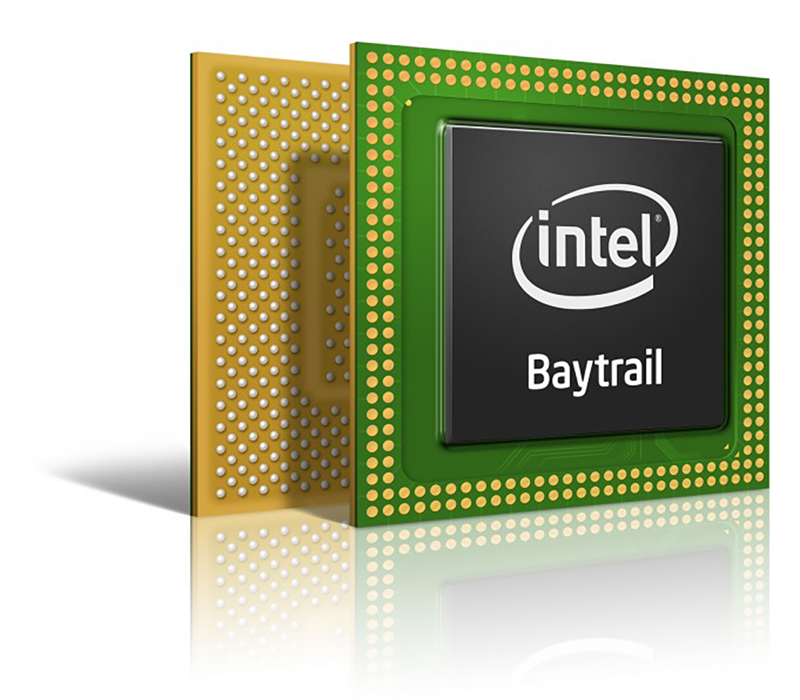
Size, weight, and power (SWaP) optimization are imperative for today’s sophisticated embedded defense applications. Smaller platforms in particular are driving demand for modern solutions that can not only meet low power requirements but simultaneously maintain advanced levels of processing power and secure, high-integrity computing. In response to this industry trend, Intel has reinvented its low-powered Atom processor family to meet the increasing SWaP-constrained, high-performance demands of deployed embedded applications. This white paper will examine the evolution of Intel’s Atom product family, and explain how Intel’s Atom Bay Trail processor now meets the unique requirements of the Aerospace and Defense industry.

The Complex Evolution of Low Power Intel Processors
For many years, Intel has pushed state-of-the-art processor technology, ranging from the traditional desktop and data center computing market to today’s latest and most powerful mobile laptops and tablets. As the world continues to embrace the Internet of Things (IoT), expanding connectivity to countless mobile and embedded devices, Intel has continued to develop a product family of low-power embedded processors, while leveraging the high-performance advancements of their mainstream Core series processors.
Intel’s Atom product lineup began in 2008 in an effort to meet the needs of an emerging market requiring highly integrated and low-power processors. The computational needs of these applications were modest, as the intended targets of mobile internet devices, set-top boxes, and embedded IoT devices required only modest processing. The initial Atom devices performed reasonably well for the needs at that time but, when used as general-purpose processors in the rugged embedded world, results were underwhelming. Typically single-core devices, these early Atom processors lacked the processing power, memory capacity, bandwidth, and graphics capabilities expected in a market dominated by higher performance processors, dedicated graphics GPUs, and real-time performance requirements.
Download the white paper to learn more.